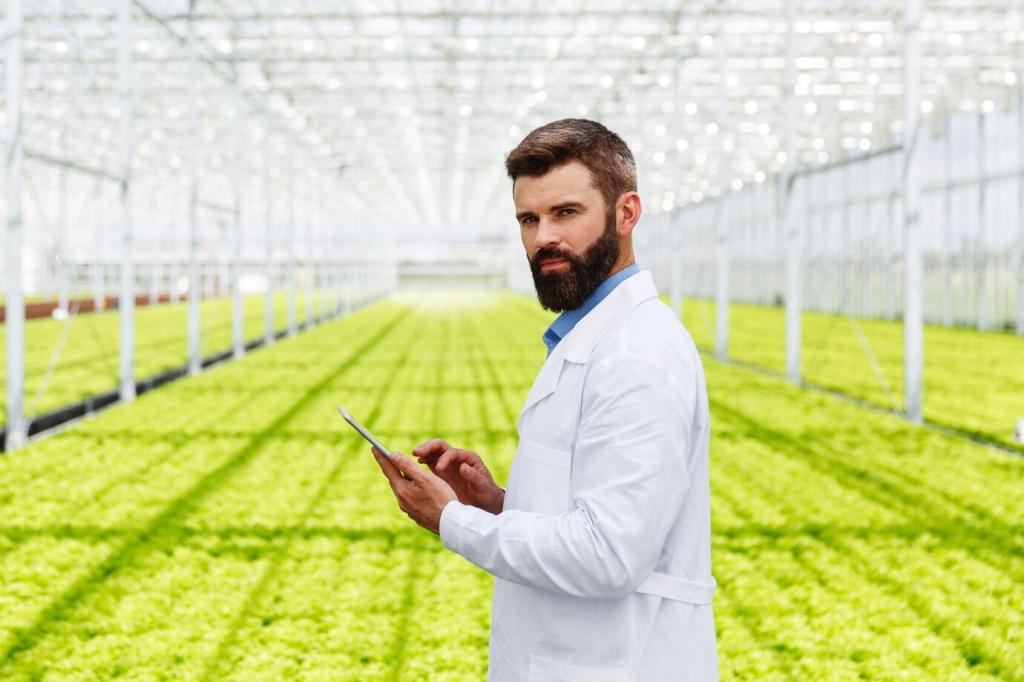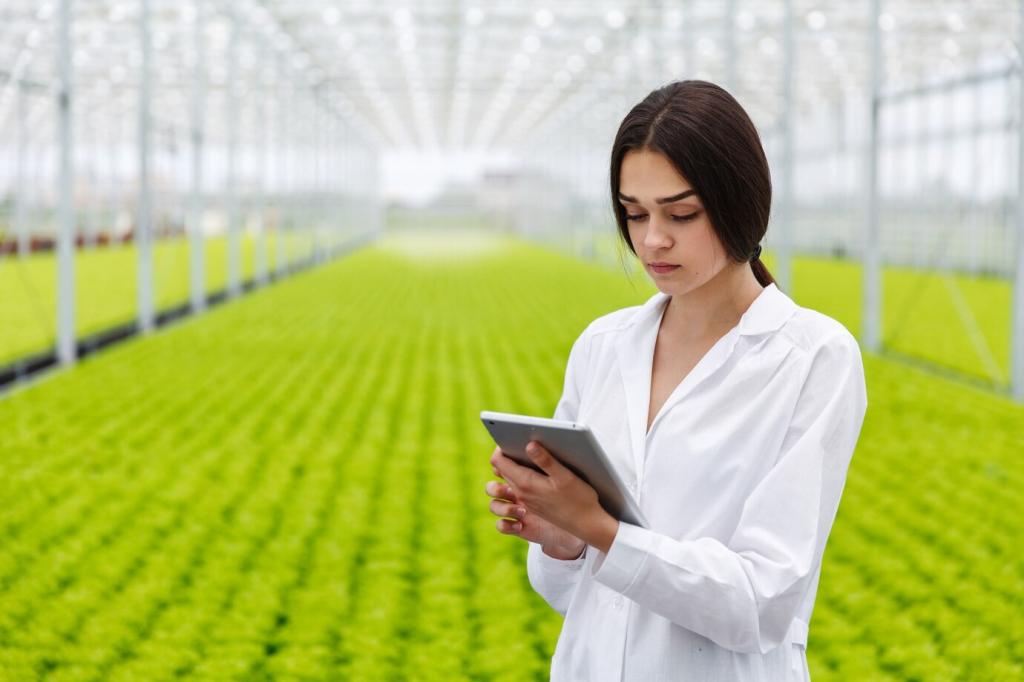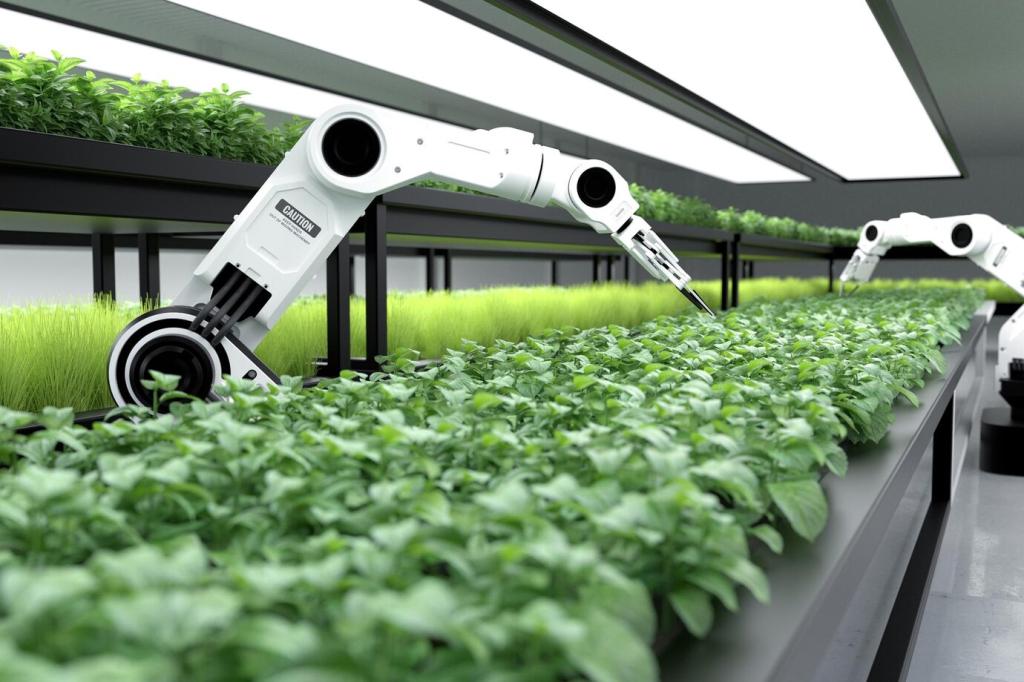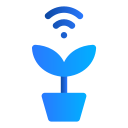
The Role of IoT in Urban Farming Development
Urban farming has quickly evolved from a niche community movement into a cornerstone of sustainable city living. With ever-increasing population density and pressure on traditional agriculture, cities are seeking innovative ways to source fresh produce locally and reduce their environmental footprint. The Internet of Things (IoT) has emerged as a powerful enabler in this transformation, integrating advanced technology into urban agriculture to optimize resources, enhance productivity, and support smarter farming practices. The application of IoT to urban farming is not just an incremental improvement; it represents a paradigm shift that empowers growers, scientists, and communities to cultivate food sustainably and efficiently within the city landscape.
IoT Integration in Urban Agriculture
Enhanced Sensor Technology Deployment

Resource Optimization in Urban Farming


